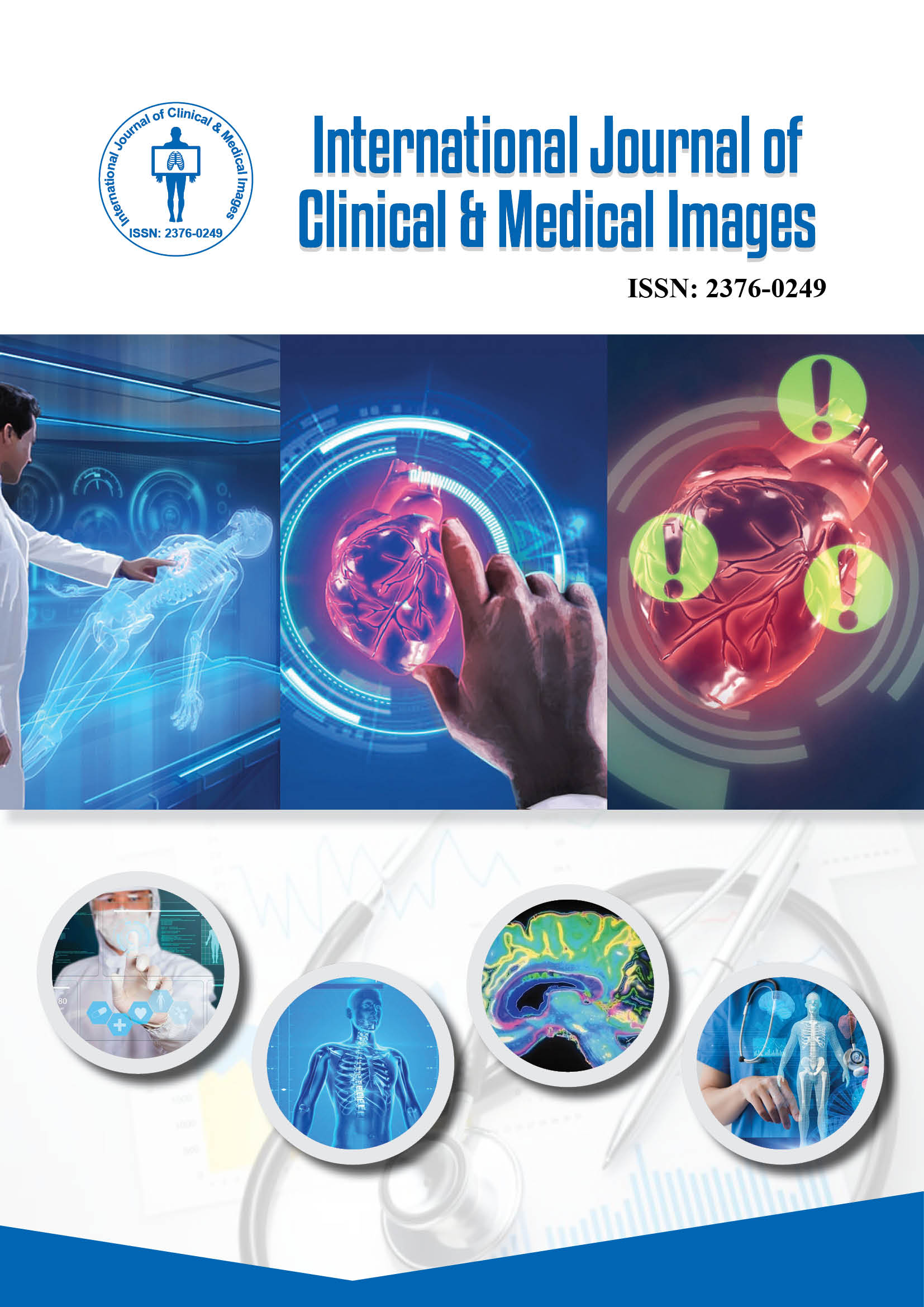2376-0249
Editorial - International Journal of Clinical & Medical Images (2025) Volume 12, Issue 5
Author(s): Lewis Nault
Coronary Imaging Insights: Visualizing the Heart in Health and Disease explores the transformative role of imaging in understanding cardiac structure, function and pathology. The heart, being a dynamic organ, requires precise visualization techniques to assess its anatomy and detect subtle abnormalities. Coronary imaging enables clinicians to evaluate blood flow, vessel integrity and myocardial health, providing vital information for diagnosing ischemic heart disease, cardiomyopathies and congenital defects. By integrating imaging findings with clinical assessment, physicians can make accurate, timely decisions that improve cardiovascular outcomes.
Technological advancements have revolutionized the field of cardiac imaging. Techniques such as Coronary Computed Tomography Angiography (CCTA), cardiac Magnetic Resonance Imaging (MRI) and echocardiography offer non-invasive methods to visualize the heart in motion and detect early pathological changes. CCTA provides high-resolution images of coronary arteries, allowing detection of plaque buildup and stenosis, while cardiac MRI gives insights into tissue characterization, perfusion and viability. These modalities complement traditional invasive angiography, offering safer and more comprehensive evaluations of both structure and function [1].
Visual imaging not only aids diagnosis but also plays a pivotal role in disease prevention and management. Quantitative analysis of coronary calcium scores, plaque morphology and myocardial perfusion helps stratify cardiovascular risk and guide therapeutic interventions. Serial imaging allows clinicians to monitor treatment response, evaluate stent patency, or assess cardiac remodeling after myocardial infarction. In preventive cardiology, imaging is increasingly used to detect subclinical atherosclerosis offering opportunities for early lifestyle modification and medical management before symptoms arise.
The future of coronary imaging lies in precision and personalization. Artificial intelligence and machine learning algorithms are being integrated into imaging workflows to enhance detection accuracy and automate analysis. Hybrid imaging techniques that combine functional and anatomical data, such as PET-CT and PET-MRI, are providing deeper insights into cardiac metabolism and perfusion. Coronary Imaging Insights underscores how visualizing the heart through advanced imaging technologies continues to bridge science and clinical care, ensuring better diagnosis, targeted treatment and improved cardiovascular health [2].
Coronary imaging, Cardiac diagnosis, Heart disease
None.
None.
Google Scholar Cross Ref Indexed at
 Awards Nomination
Awards Nomination

